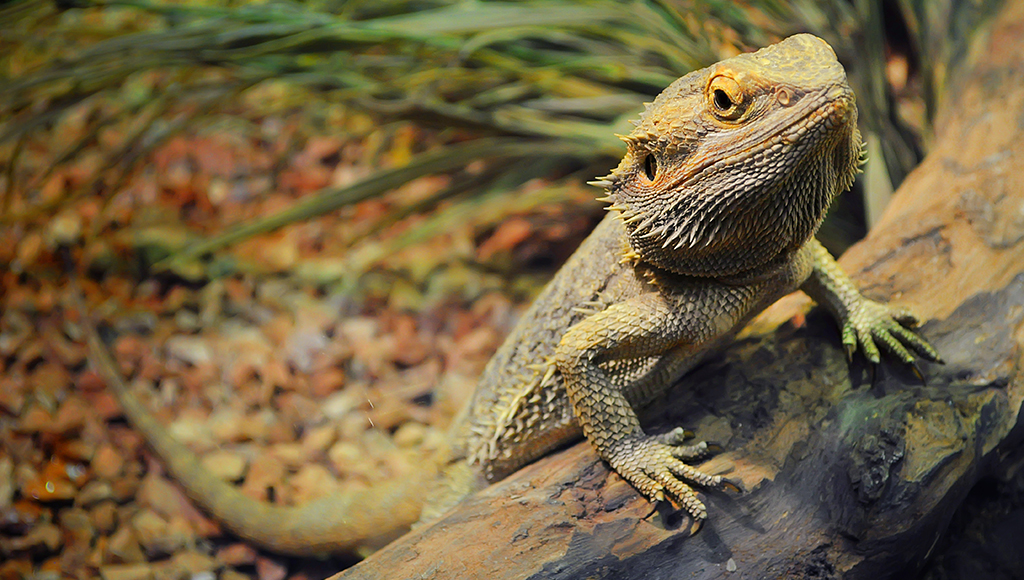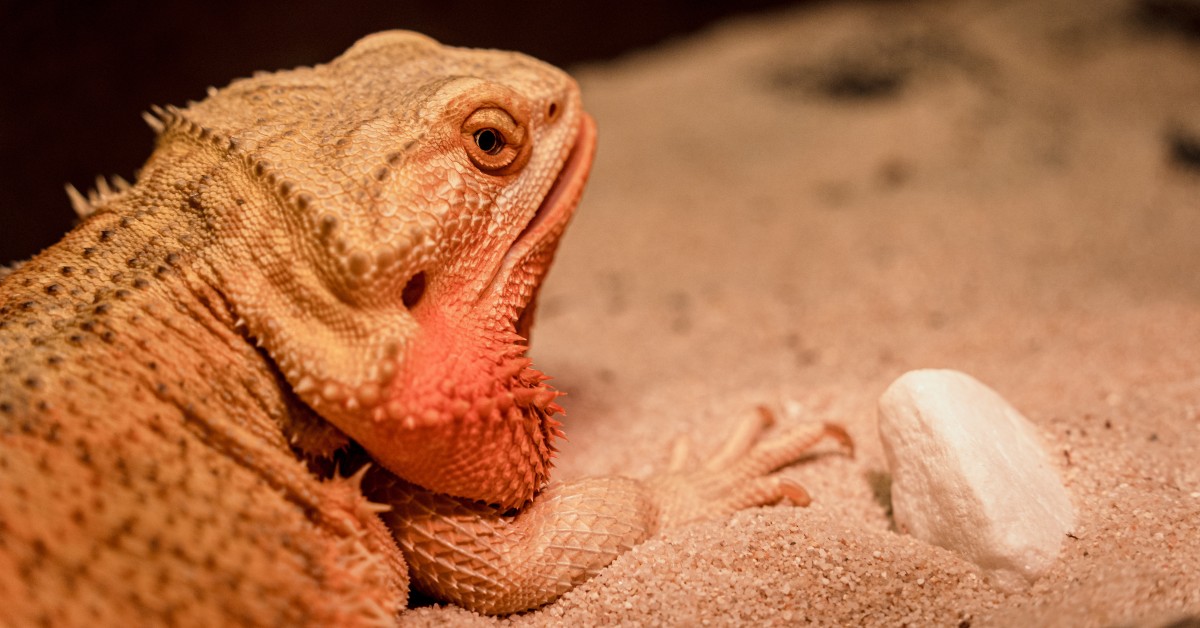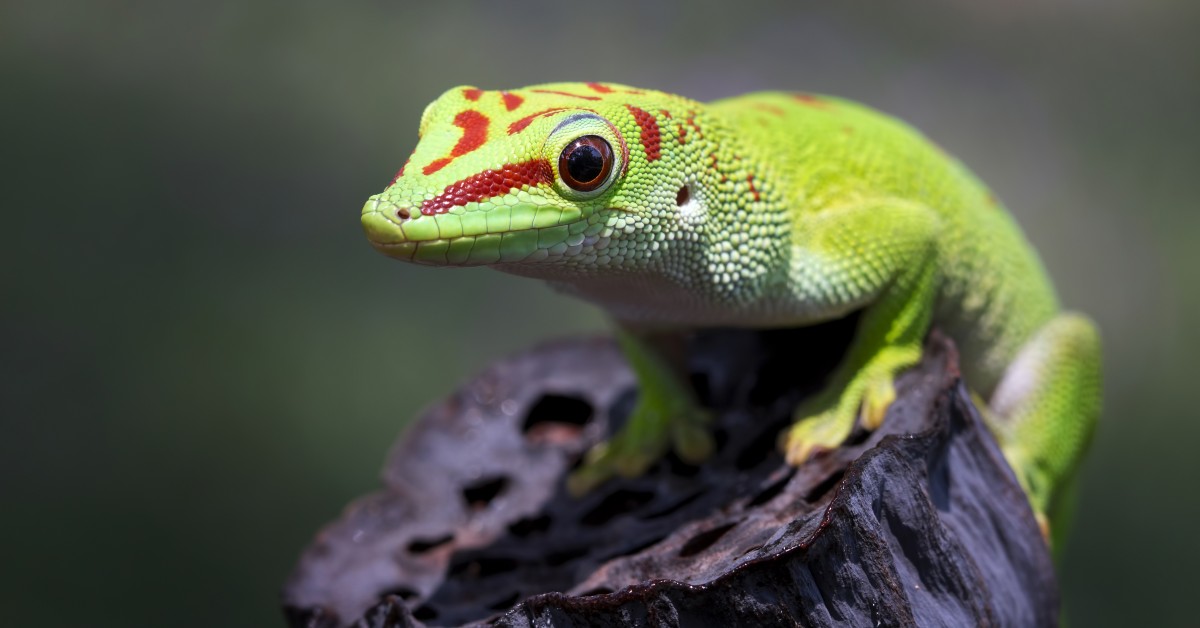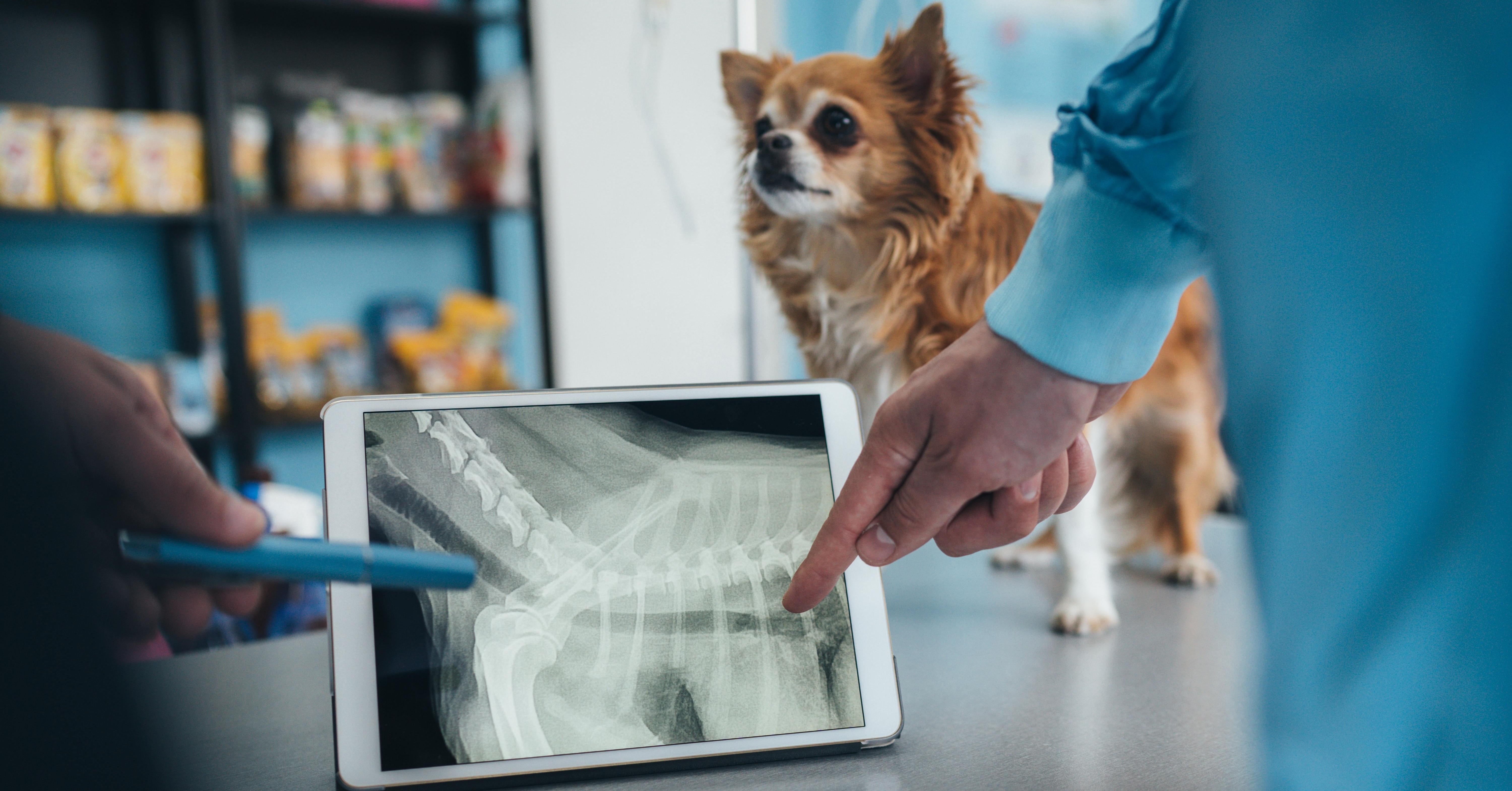Bearded Dragons: How to Prevent Impaction
This condition is easy to prevent if you just use common sense and maintain good feeding habits.

Impaction is one of the conditions that frequently causes the death of bearded dragons. In the case of a major impaction, the animal will not be very mobile, and one or both back legs may appear paralyzed. If the impaction is higher in the digestive track, the front legs may also be paralyzed. A lower impaction that is only affecting the back legs can continue to grow until the front legs are also affected. When experiencing impaction, a bearded dragon's digestive tract is blocked by a solid or semi-solid mass.
Causes of Impaction in Bearded Dragons
Surprisingly, some of the things that can contribute to this serious condition may not seem dangerous, but to a bearded dragon's delicate digestive tract, these things could be lethal:
- Food
If a bearded dragon eats food items that are too large to properly move through their digestive tract, it will get stuck and act as a roadblock to anything behind it. The best prevention for this is to remember that any item fed should be smaller in size than the space between the bearded dragon's eyes.
Some food items may not necessarily be to large for the digestive tract, but simply may not be easily digestible such as:
- large crickets
- mealworms
- superworms
- Improper Temperatures
To thrive and be healthy Bearded Dragons need the temperature in their living environment to be maintained at a specific temperature. Keep in mind that the surface on which a bearded dragon basks, (after eating), should be maintained at a temperature between 100 to 115 degrees, in order for them to digest their food properly. If a bearded dragon is fed a food item difficult to digest, and is not provided with the proper temperatures in order for him to digest that food, this can create an impaction.
- Dangerous Substrates (material used as bedding in their cage)
Bearded Dragons like to eat anything they find in their cage. Many substrates can pose a risk. Some materials have been reported to have caused impaction. Some of these materials are Calci-Sand, any type of pellets, and several dried plant-based substrates which are also known to present a high risk. Many companies that produce materials used as substrates for reptile cages, claim their products are completely digestible. However, before trusting a substrate, do some research and find out what results other experienced reptile owners have had with these products, since they have actually used them firsthand.
Detecting Impacted Bearded Dragons
There are a few signs that you may notice. One of the first indications is that your pet will stop going to the bathroom regularly. Other signs include:
- the inability to excrete regularly or straining when trying to go to the bathroom
- slight leg trembles
- regurgitation
- dragging one or both the back legs
- not walking properly
- you may also see a slight bump along the spinal area.
These signs are not necessary a problem, because every animal is different, but if you see them and the pet is not acting like his normal self, be sure to pay attention. This may be an indication that something serious may be developing below the surface.
An indicator of a more serious problem is the partial leg paralysis. The hind legs will have less mobility or the dragon will drag his legs. Of course it may not necessarily be from impaction, but is definitely a problem which needs your immediate attention.
If from impaction, the paralysis you are seeing is because the stomach empties out into the intestines lying right along the middle/upper spine. This puts pressure on the spine, as reptiles do not have disc between the vertebras that protect the spine like other animals. Lower impaction will usually display a slight raised area along the mid to lower back or you can feel it in the abdomenal area. Do not push along the spine right now or force your pet to move his legs, as it may injure them. Let your bearded dragon move his legs when he is ready, do not force them, as this can cause permanent damage.
Treatment for Bearded Dragon Impaction
What is generally suggested is that with the earlier stages of a mild impaction, you may be able to offer your bearded dragon some relief by giving him a warm bath and gently massaging his abdomen. Massaging gently down towards the vent may assist your bearded dragon in moving an impaction down through his digestive tract, so that he can pass it.
It is also strongly recommended that you go with your pet immediately to a veterinarian that specializes in treating exotic animals.
updated 6/15/2023
Ready to start saving money on pet wellness care?
Then take a look at Mint Wellness, the pet wellness plan that provides fast reimbursement on routine pet care. Save on vaccinations, wellness exams, preventatives, dental, and more!
Learn More


